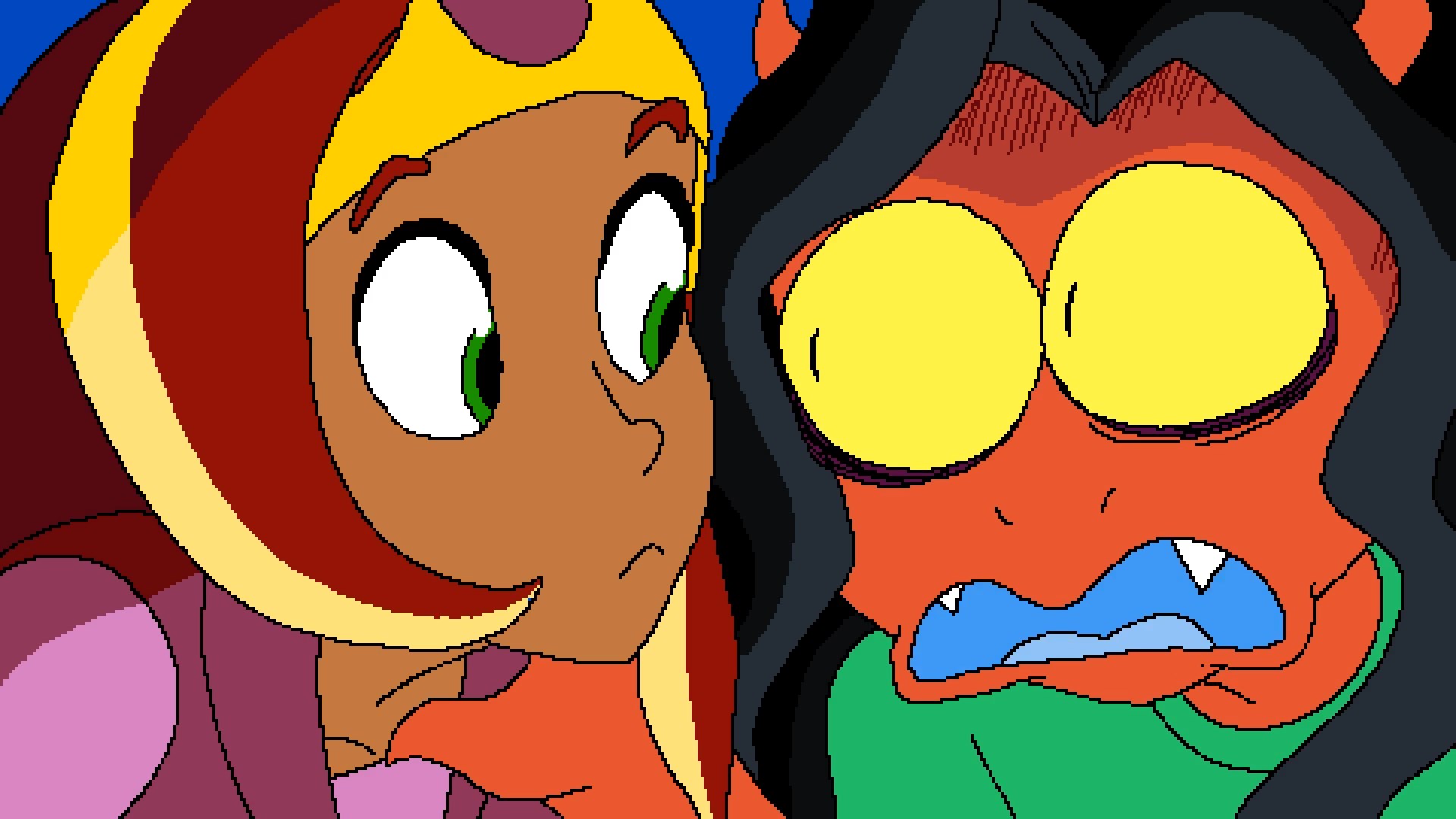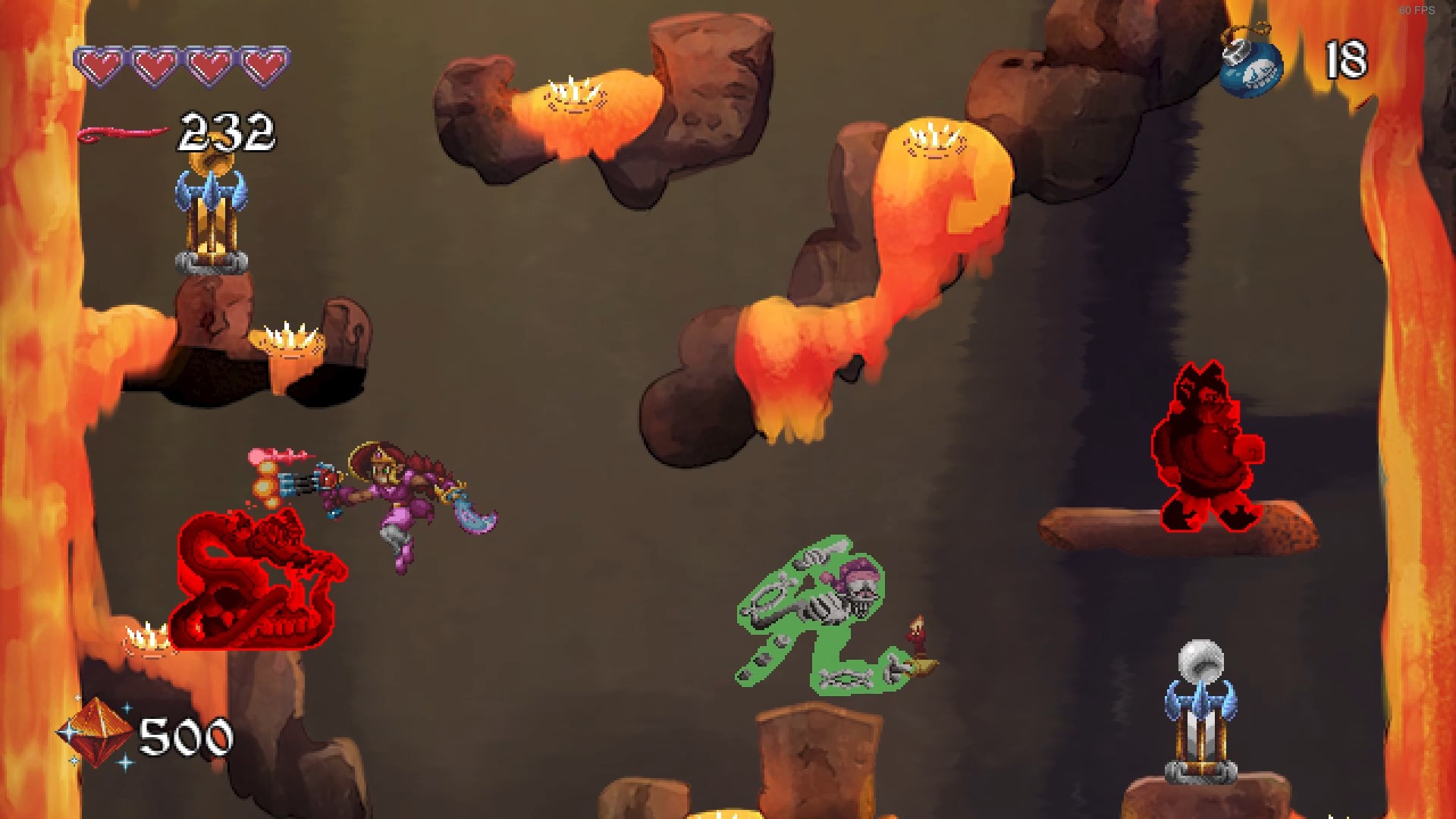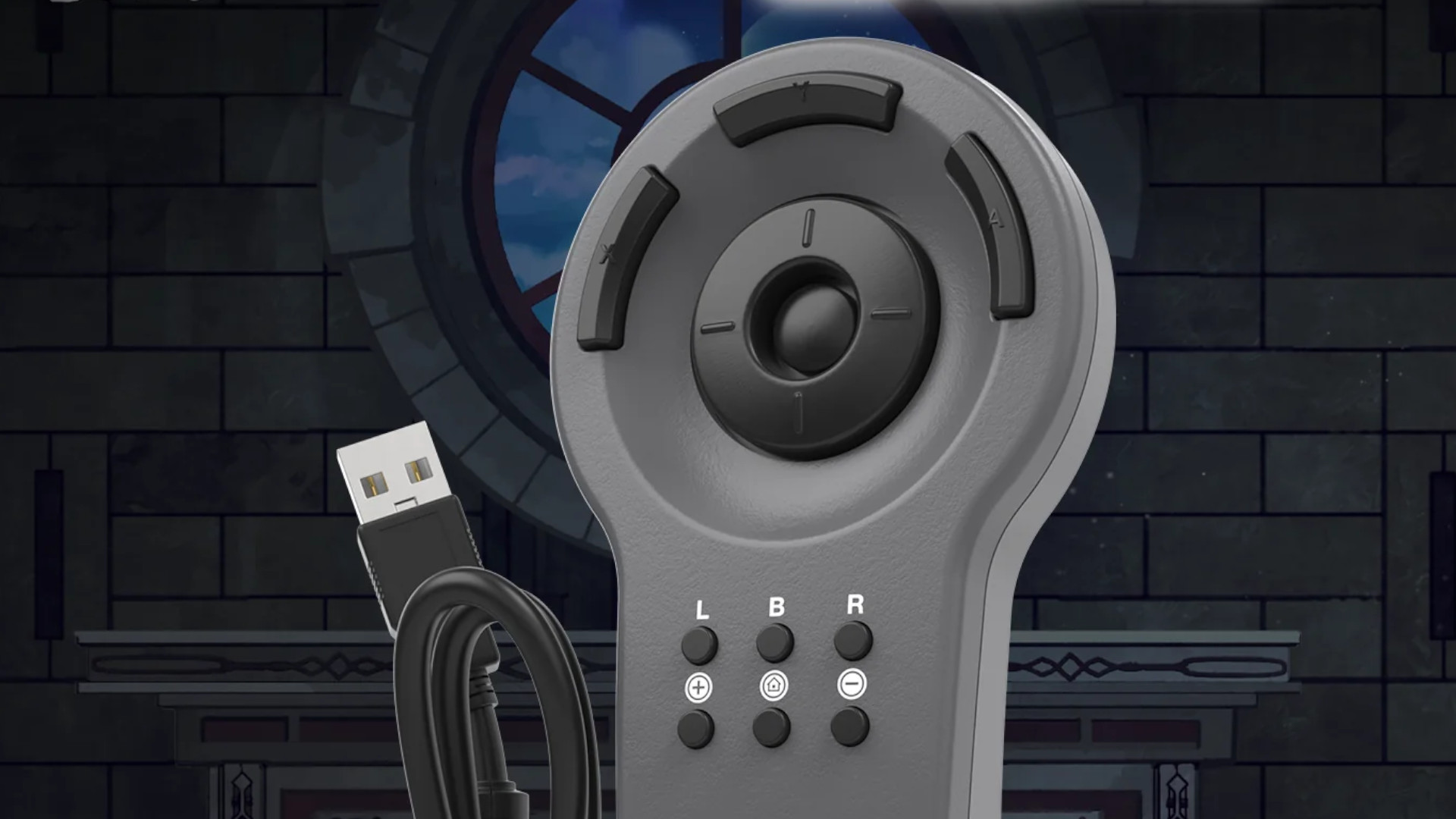How Arzette turned Zelda's biggest joke into something to laugh with, not at
Interview: In conversation with the creator of a one-time joke that transformed into a four-year project

For every beloved, classic and critically-acclaimed retro game that's stood the test of time on merit, there are as many that have lived on thanks to ironic yuks and laughs. Rudimentary art, bugs, or unsatisfying game design have kept some games in the same historical conversation as their best-in-class peers – though they're more often honored by memes and giggle-filled Twitch streams. Arzette: The Jewel of Faramore shares a similar lineage.
The softening of the years, of course, can make it easier to see the good stuff in perceivably "bad" games – and even pay their inspirations forward in refreshing new titles. If you can believe it, Limited Run Games' first self-published new game, out today, can trace its lineage, and its most fun and endearing aspects, to what is surely one of the worst Nintendo-branded video games of all time: The Legend of Zelda duology for the failed Philips CD-I console.
Living joke

The creator of Arzette: The Jewel of Faramore, Seth "Dopply" Fulkerson, admits that his latest game began life as an "in-joke with friends." In 2015, Fulkerson, then an aspiring 23-year-old game designer, watched Nintendo announce yet another HD remaster of a Zelda game, at which point his online chat room with fellow young devs collectively joked: imagine if Nintendo poured remaster resources into the CD-I's Link: Faces of Evil and Zelda: Wand of Gamelon instead! The cheaply animated cut-scenes, the over-the-top dialogue, and the absolutely bizarre cast of never-seen-again monsters, all touched up with a massive Nintendo budget? How funny would that be?
During this chat, Fulkerson was in a classic schoolyard mode: giggling to fit in with the crowd, while secretly managing his unironic appreciation for the source CD-I material. "I was thinking, 'maybe there's more to these games than meets the eye,'" Fulkerson says. He began devouring interviews and source material about the original games' wild development period – crunched into an unimaginably brief window, and relying on atypical outsourcing to maximize a pesky budget – and after studying game dev in college and "having trouble finishing [game design] things," he empathized with the CD-I games' results much more than his teen self might have. "There was something to these games," he concluded.
With his friends' laughs under his wings, Fulkerson began working in his off hours on a "fan remaster" of both Zelda CD-I games, rebuilt in the modern GameMaker engine. He combined the games' original assets with code-by-hand recreation of the gameplay, then added mild quality-of-life touch-ups to aspects like collision detection (while otherwise leaving aspects like jump speed and arc untouched). The results took four years of stop-and-start development to complete, with the 2020 COVID lockdown focusing Fulkerson's attention to the finish line, and it stood out compared to other games he'd previously worked on: "I actually finished a project for once in my life!"

The project's release led to a rash of downloads and press (along with Fulkerson's choice to take the project offline after only a couple of days; you can probably guess why), but it also led Fulkerson to two important realizations. The first was a new appreciation for the CD-I Zelda games, which Fulkerson began to see as an early example of the "search action" genre (aka Metroidvania) with a healthy dash of Zelda II: The Adventure of Link and even, in his opinion, a pinch of the Monster Hunter formula. "These games were nothing revolutionary, but for 1993, for non-Nintendo games, it wasn't something people saw often!"
The second was a series of new, major collaborative connections. Some had already been fostered before Arzette became a formal new-game idea: "The idea of a Zelda CD-I spiritual successor predates the fan remasters," Fulkerson admits. "I'm lucky to be friends with a lot of animators, and we all have the same weird shared love for these games, both ironic and unironic." But their CD-I chatter, and shared dream of one day making such a game from scratch, bubbled over when they realized they weren't alone.
Weekly digests, tales from the communities you love, and more
"I made a habit of watching Twitch streams of the remakes in the months after they came out," Fulkerson says. "The initial reaction was usually, 'this is gonna be terrible, I can't wait to riff on this.' After an hour, or less, they'd say: 'oh, this isn't too bad!'"
I'm playing a CD-I-like

"It was really important to let our animators have creative freedom"
That boost in collective confidence inspired Fulkerson in January 2021 to announce his plans to make a brand-new, CD-I-styled game, with a mix of familiar mechanics and entirely new characters. Retro gaming historian and Digital Foundry contributor Audi Sorlie was one of the first to reply directly to Fulkerson, followed by Digital Foundry staffer John Linneman, and each eventually came on board as producers and design contributors – bonded by a collective vision to make something that "people who've never played CD-I games could look at and say, 'I'm playing a CD-I-like.'"
Many of Arzette's design rules were fluid, particularly the instructions given to cut scene animators: "It was really important to let our animators have creative freedom," Fulkerson says. Color palettes, frame rates, and resolutions were restricted to match the original Zelda CD-I games, but otherwise, Fulkerson was determined to have the game feel "artist-driven" – which, based on my time playing the final game, was achieved and then some. Cut scenes, all drawn in flat, pixelated style like something out of MS Paint, alternate between flat, expressive silliness and surprisingly impressive rotoscoping, and each matches whichever character Arzette is talking to.
But while some of the game's characters err on the side of goofy anachronisms (keep an eye out for attire like jean shorts on anthropomorphized animals), Fulkerson and his development team were determined to implement a "throughline" of humor and heart, as inspired by The Simpsons, and rein in any aspects that might resemble irony or aloofness. "One of our goals was that Arzette is a confident, sure-of-herself character in this world, but nobody here knows it's strange," Fulkerson says. "Nobody looks at the camera to say, isn't this strange? I wonder what's for dinner! That should never happen. From their perspective, there's nothing wrong, they're all living their lives."

To top off the new game's CD-I throughline, Fulkerson and co. cold-called contributors from the original CD-I games to enlist their Arzette services, including artist Ron Dunleavy and several original voice actors. "The basic [art] workflow – this is shocking – is extremely similar to how they did it [on the CD-I]," Fulkerson says. In the '90s, Dunleavy "used a digital tablet, Corel painter, and Photoshop, and he did it again basically with updated technology 30 years later."
Fulkerson says he emphasized that "this is a love letter, not a mockery game" in his cold-call appeals, which he was surprised did the trick. "They were a little… not shocked, but far more cooperative than you might expect from someone asking, like, 'I'm approaching you after 30 years, I may sound like a crazy person.' But when I explained it, they said, 'That's really special! We don't get much appreciation for what we did back then.'"
The final game strikes a satisfying balance between the CD-I's aesthetics, particularly its low-res, hand-painted environments, and enough modern tuning to resemble what a Nintendo-developed sequel to Zelda II might feel like. All the while, the game's cast gets into genuinely funny, weird, sweet, and endearing antics while its lead character figures out her own purpose – helping strangers, making friends, and contending with an annoying, Link-like prince – amidst her kingdom-saving quest. Its uncompromising alignment with the CD-I games' mentality will likely be its sticking point for detractors; only so many quality-of-life tweaks can make up for some of the new game's antiquated design principles. (You will backtrack quite a bit in this game.) Yet it's Arzette's dedication to honoring its legacy that makes it so sweet, unique, and memorable – and thus a real stand-out compared to a modern glut of Metroidvania games.
This, for Fulkerson, is the point. "I've been waiting my whole life to do this," he says. "Arzette's philosophy revolved around core pillars: rudimentary, simple search-action, with a combat action loop, and take it all the way to its logical conclusions. Like, these previous games had a little bit of item-locked backtracking, but they were mostly key-locked. Let's do that more. Make it more engaging. Let's take the foundation of what these games were and make them the best they can be, while staying faithful."
Lose yourself in the best adventure games available to play right now

Sam Machkovech is a freelance writer, editor, and consultant based in Seattle, WA. He has been writing about the intersection of art and technology since 1996, and he became a nationally syndicated video game critic before graduating high school. He has since written for American Airlines, Ars Technica, The Atlantic, Billboard, Edge UK, Game Developer, Polygon, The Stranger, and more, and he has appeared on programs including BBC World Service, Digital Foundry, Marketplace, and This Week in Tech. His favorite video game, by a longshot, is Picross 3D Round 2.



